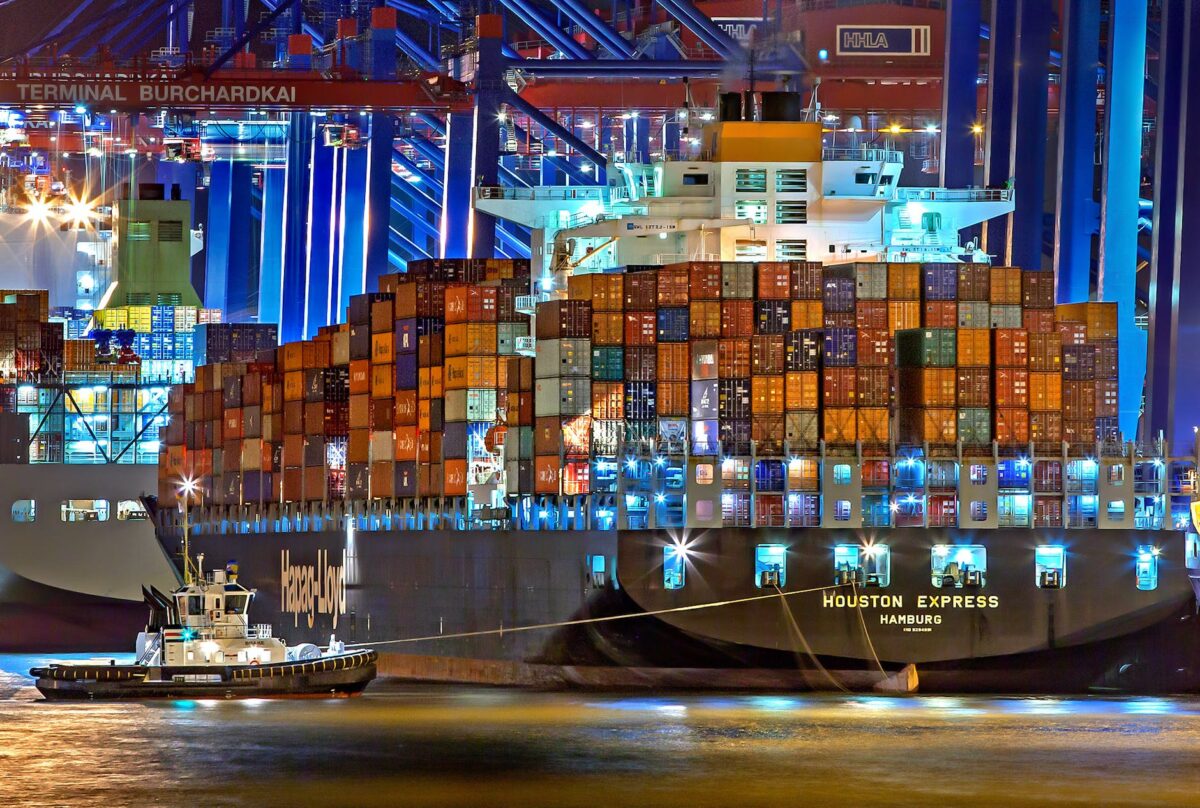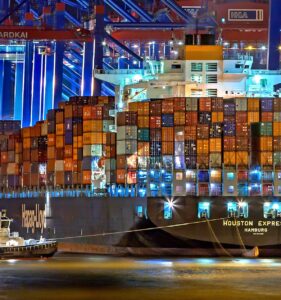Innovation is the driving force behind globalization and international trade. Without innovation, the world would still be trading goods and services in the same way as centuries ago. In today’s world, innovation has the power to change everything, from the way we communicate to the way we transport goods. In this article, we will explore the impact of innovation on globalization and international trade.
1. Advances in Communication Technology
The advancements in communication technology have made it possible to conduct business on a global scale with ease. Businesses can communicate with customers and partners in different parts of the world in real-time. The use of email, instant messaging, video conferencing, and other communication tools has made it easier for businesses to collaborate across borders. In addition, social media platforms such as LinkedIn, Twitter, and Facebook have made it easier to connect with potential customers and partners.
Advances in communication technology have also enabled businesses to provide customer service and support on a global scale. The use of chatbots, artificial intelligence, and other technologies have made it possible for businesses to provide 24/7 support to customers in different time zones. This has improved customer satisfaction and increased customer loyalty.
2. Transportation Innovation
Transportation innovation has played a crucial role in globalization and international trade. The ability to transport goods and people quickly and efficiently has opened up new markets and created new opportunities for businesses. The development of containerization in the mid-20th century revolutionized the shipping industry and made it possible to transport goods more efficiently and economically. Today, air travel has made it possible to transport goods quickly and efficiently across the world, making it easier for businesses to expand their reach.
In addition, transportation innovation has also led to the development of new modes of transportation, such as high-speed trains and drones. These innovations have made it possible to transport goods and people even faster and more efficiently, creating new opportunities for businesses to expand their operations.
3. E-commerce and Digital Marketplaces
E-commerce and digital marketplaces have transformed the way businesses operate. The rise of e-commerce has made it possible for businesses to sell their products and services to customers all over the world, without the need for a physical presence in each market. Digital marketplaces such as Amazon, Alibaba, and eBay have made it easier for businesses to reach new customers and expand their sales channels. The ability to sell products and services online has opened up new opportunities for businesses, particularly small businesses, to compete on a global scale.
Furthermore, digital marketplaces have also made it easier for businesses to conduct transactions and manage their supply chains. The use of blockchain technology, for example, has made it possible to track goods and transactions in real-time, improving transparency and reducing the risk of fraud.
4. Intellectual Property Protection
Innovation has also led to advancements in intellectual property protection, making it easier for businesses to protect their innovations and inventions in different countries. The development of international patent systems, such as the Patent Cooperation Treaty (PCT), has made it easier for businesses to obtain patent protection in multiple countries. This has enabled businesses to protect their inventions and innovations on a global scale and has encouraged innovation by providing incentives for businesses to invest in research and development.
In addition, innovations in intellectual property protection have also led to the development of new forms of protection, such as trademarks, copyrights, and trade secrets. These forms of protection have made it easier for businesses to protect their brands, products, and services from infringement and theft, improving the overall business environment.
5. Increased Competition and Market Opportunities
Finally, innovation has led to increased competition and market opportunities for businesses. With the rise of new technologies and the expansion of global markets, businesses are facing increased competition from both domestic and international players. However, this has also led to increased opportunities for businesses to enter new markets and reach new customers. Businesses that are able to innovate and adapt to changing market conditions are more likely to succeed in today’s global economy.
In addition, innovation has also led to the creation of new industries and business models. For example, the rise of the sharing economy has created new opportunities for businesses to provide services on a global scale, such as Airbnb and Uber. These businesses have disrupted traditional industries and created new market opportunities, changing the way we live and work.
Moreover, innovation has also led to increased access to information and education, creating new opportunities for individuals and businesses to learn and grow. Online courses and educational resources have made it easier for individuals to acquire new skills and knowledge, improving their employability and entrepreneurship.
In conclusion, innovation has played a crucial role in globalization and international trade. Advances in communication technology, transportation, e-commerce, intellectual property protection, and increased competition have all contributed to the globalization of businesses and the expansion of international trade. As innovation continues to advance, we can expect to see even more changes in the way we conduct business on a global scale. Businesses that are able to embrace innovation and adapt to changing market conditions will be better positioned to succeed in the global economy.
The Downsides of Innovation on Globalization and International Trade
While innovation has had a significant positive impact on globalization and international trade, it has also created new barriers and challenges for businesses looking to expand globally. Here are some of the ways that innovation is creating barriers to globalization and internationalization:
1. Digital Divide
One of the main barriers to globalization and international trade is the digital divide. While the internet and digital technologies have made it possible for businesses to expand globally, not all countries have the same level of access to these technologies. Developing countries, in particular, may lack the necessary infrastructure and resources to take advantage of these technologies, limiting their ability to participate in global trade.
2. Protectionist Policies
Another barrier to globalization and international trade is the rise of protectionist policies. Some countries have implemented policies that restrict the flow of goods, services, and investments across borders, making it harder for businesses to expand globally. For example, some countries have imposed tariffs and other trade barriers to protect domestic industries and jobs.
3. Cybersecurity Risks
With the rise of digital technologies and the internet, businesses are facing new cybersecurity risks. Cyberattacks and data breaches can have significant impacts on businesses, including reputational damage, financial losses, and legal liabilities. These risks can make businesses hesitant to expand globally and may lead to increased regulation of digital technologies.
4. Intellectual Property Theft
While innovations in intellectual property protection have made it easier for businesses to protect their inventions and innovations, intellectual property theft remains a significant challenge for businesses operating globally. Some countries have weaker intellectual property laws and enforcement mechanisms, making it easier for businesses to steal and infringe on the intellectual property of others.
5. Cultural and Linguistic Barriers
Finally, cultural and linguistic barriers can also create challenges for businesses looking to expand globally. Differences in language, customs, and values can make it harder for businesses to communicate with customers and partners in different parts of the world. These differences can also impact the design and marketing of products and services, requiring businesses to adapt to local preferences and cultural norms.


